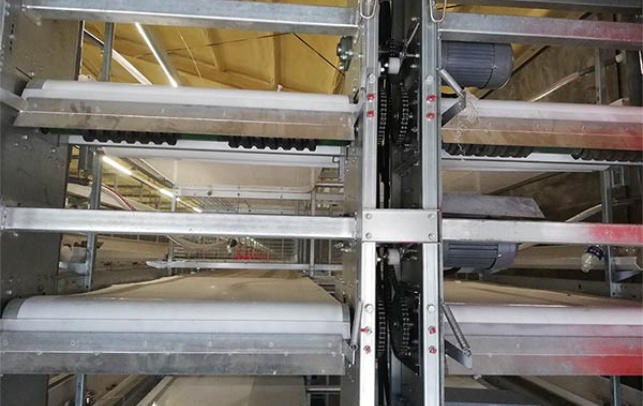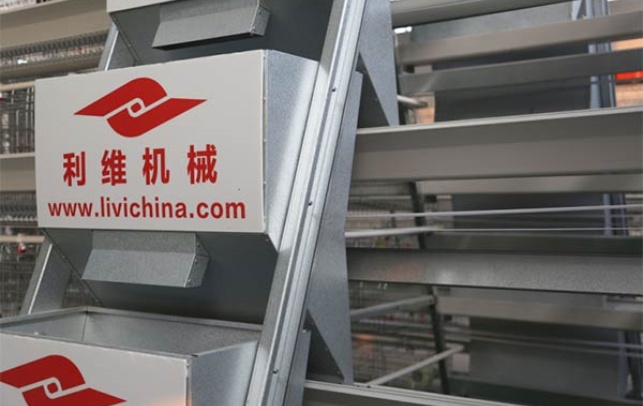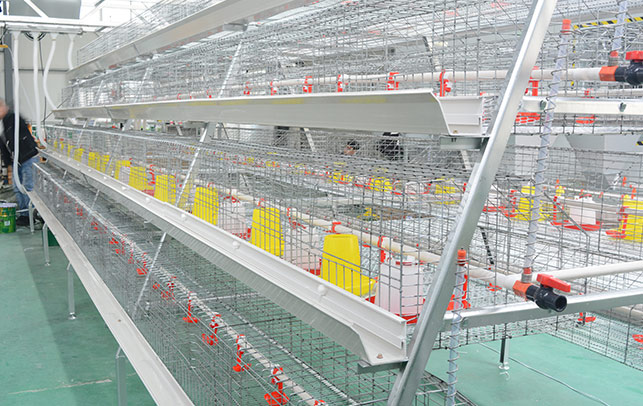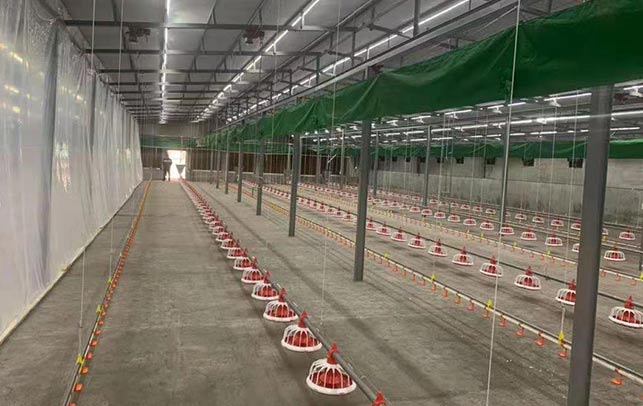Poultry farming: feeders, transport crates and cages
Time : 2024-05-22
Poultry farming requires the use of various equipment to ensure the well-being and productivity of the birds. Among the essential tools are feeders for poultry, chicken transportation crates, and cages for chickens. In this article, we’ll delve into the importance of each of these items and how they contribute to the success of poultry farming operations.
Feeder Poultry
Feeding is a critical aspect of poultry farming, and the use of appropriate feeders is essential to ensure that the birds receive adequate nutrition. Feeders for poultry come in various designs, including trough feeders, tube feeders, and automatic feeders. Trough feeders are commonly used for poultry farming, as they allow multiple birds to feed simultaneously and can hold a substantial amount of feed.
The design of the feeder is important to prevent feed wastage and contamination. Properly designed feeders help minimize spillage and keep the feed clean, reducing the risk of disease transmission among the birds. Additionally, feeders should be positioned at an appropriate height to allow easy access for the birds while preventing them from perching on top and soiling the feed.
Regular cleaning and maintenance of feeders are crucial to prevent the buildup of mold and bacteria, which can compromise the health of the poultry. Farmers should also ensure that the feeders are durable and resistant to pecking and damage from the birds.
Chicken Transportation Crates
Transporting chickens from one location to another requires specialized crates designed to ensure the birds’ safety and comfort during transit. Chicken transportation crates are typically made of durable materials such as plastic or metal and are designed to provide adequate ventilation while preventing overcrowding.
Proper ventilation is crucial to prevent heat stress and suffocation during transportation. The crates should have openings or slats to allow for airflow while ensuring that the birds are protected from drafts and extreme weather conditions. Additionally, the crates should be easy to clean and disinfect to prevent the spread of diseases between flocks.
When loading chickens into transportation crates, it’s important to handle the birds with care to minimize stress and the risk of injury. Overcrowding should be avoided to prevent aggressive behavior and injuries among the birds during transit. Farmers should also ensure that the crates are securely fastened during transportation to prevent accidental openings and escapes.
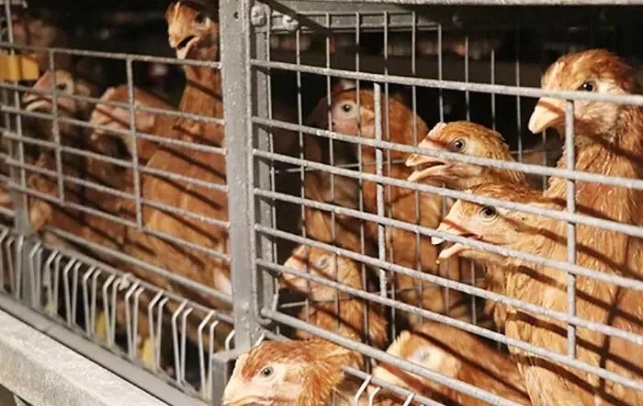
Cages for Chickens
Cages are commonly used in poultry farming to house laying hens, providing a controlled environment for egg production. Chicken cages come in various designs, including battery cages and enriched colony cages, each with its own advantages and considerations.
Battery cages are designed to maximize space efficiency, housing multiple birds in a tiered system. These cages provide individual nesting areas, feeders, and waterers for each bird, allowing for efficient egg collection and monitoring of individual bird health. However, concerns have been raised about the welfare of birds in battery cages, leading to the development and adoption of alternative housing systems.
Enriched colony cages are designed to provide more space and amenities for the birds, including perches, nesting areas, and scratching pads. These cages aim to balance the need for efficient egg production with considerations for bird welfare, allowing the birds to exhibit natural behaviors while still providing controlled conditions for egg collection and management.
Proper maintenance of chicken cages is essential to ensure the health and well-being of the birds. Cages should be kept clean and free of debris, and regular inspections should be conducted to identify and address any issues such as broken wires or malfunctioning feeders and waterers.
In conclusion, feeder poultry, chicken transportation crates, and cages for chickens are essential components of poultry farming operations. By investing in high-quality equipment and implementing proper maintenance and handling procedures, farmers can ensure the health, safety, and productivity of their poultry flocks.






